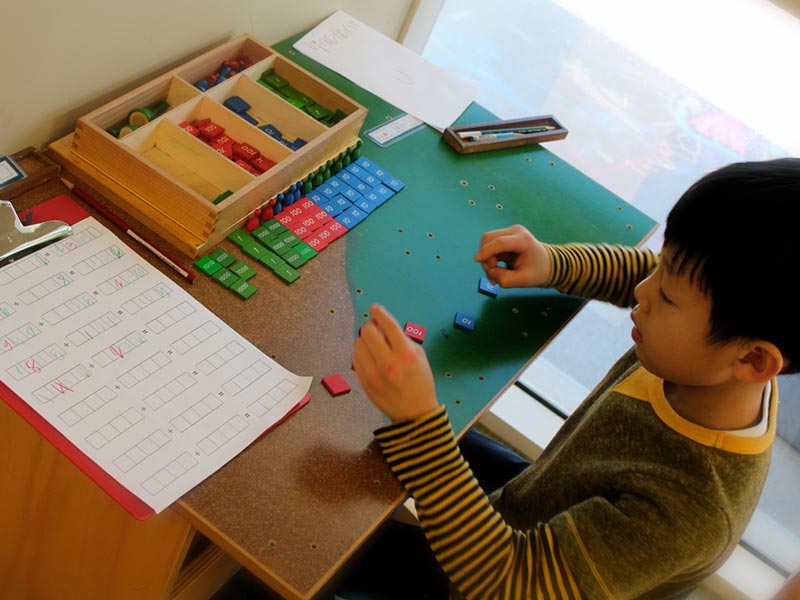By William Sears, M.d.
My child is 2 years old, and we're planning to put him in preschool. What factors should we consider when selecting one?
[ANSWER {My first piece of advice: Don't feel pressured to get your child into a preschool before he's ready. It's my belief, although there's no research to support it, that one of the great preschool myths is that your child may be academically disadvantaged if he doesn't attend a preschool. When parents who aren't keen on putting their kids in preschool ask me for my thoughts, I tell them the only things children are likely to get at preschool that they won't at home are bad habits and an increase in their exposure to germs. That said, there are situations, such as a parent returning to work, when not going to preschool is not an option. Also, some parents feel that their child will profit from the companionship and the group-learning stimulation of preschool.
If you do decide to send your son to preschool, it's important to match him with the right one, since this is probably his first experience with regularly being away from home, learning to get along in a group, and getting his first taste of "school." You're going to have to do some homework. Quiz neighboring parents who have child-rearing values similar to yours and ask which preschools they recommend. You'll also want to consider the following:
Preschool should be an extension of home: Your son's public education should complement rather than replace his home education. Ideally, the preschool you choose should share your child-rearing values. It's best to begin your search by making a list of priorities, such as a nurturing staff.
Visit the preschools on your list: (1) Examine the child-to-teacher ratio. At 2 years of age, it should be no higher than six children per teacher. (2) Meet the staff: Quiz the director on the general philosophy of the school and discipline techniques, and spend as much time as possible interviewing people who work there. Basically, you'll get a gut feeling whether a teacher is the kind of person who will know how to get your child excited about learning. Ask yourself: Is this the person I want my child spending several hours a day with? Is this the right environment for my son? Watch how the teacher relates to your son. Is he or she someone your child will enjoy being around? Be sure to take your son along and see how he reacts; don't be afraid to take cues from your child. (3) While you're at the preschool, don't neglect to examine the play equipment: Is it safe? (4) The goal of preschool is to prepare your son for big school, so you'll want to examine the preschool's methods of reading and writing preparation.
Observe the children at preschools you're visiting: Are they enjoying themselves, interacting, smiling, and do they seem interested in what they're doing? Does art made by kids decorate the walls? Find out if the children alternate active and quiet play, since both of these are necessary for preschool children. Examine the arts-and-crafts area. Does a sense of order prevail? At the same time, are the toddlers encouraged to mess around while, say, finger painting? Are children taught to share, wait their turns, and generally be considerate of other playmates? One of the most important goals of preschool is to give your son the social tools he'll need to succeed in life.
Are the snacks nutritious? It may seem like a small thing, but a nutritionally savvy preschool director understands how nutrition can affect learning and behavior.
After you've selected a preschool, prepare your son's teacher: Meet with your child's instructor and share your child's special needs or personality quirks, as well as anything you feel could make your son's school experience more pleasant. This also makes a good first impression on the teacher.
When your son first attends preschool, it should only be for a couple of hours a few days a week. Lengthen the school day as your situation demands and your child desires. To minimize normal separation anxieties, be prepared to spend some time in the preschool during the first week or two. If you can, stay with your child for the first hour for a few days to help ease the transition. Be sure your child knows that you believe he's ready. And don't project your own separation anxiety to your son; kids are very perceptive and will be upset if they detect it.
Sometimes the only way to know if your child's ready for preschool and which preschool is best for him is to try it out.}]














